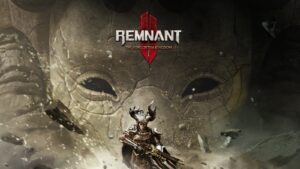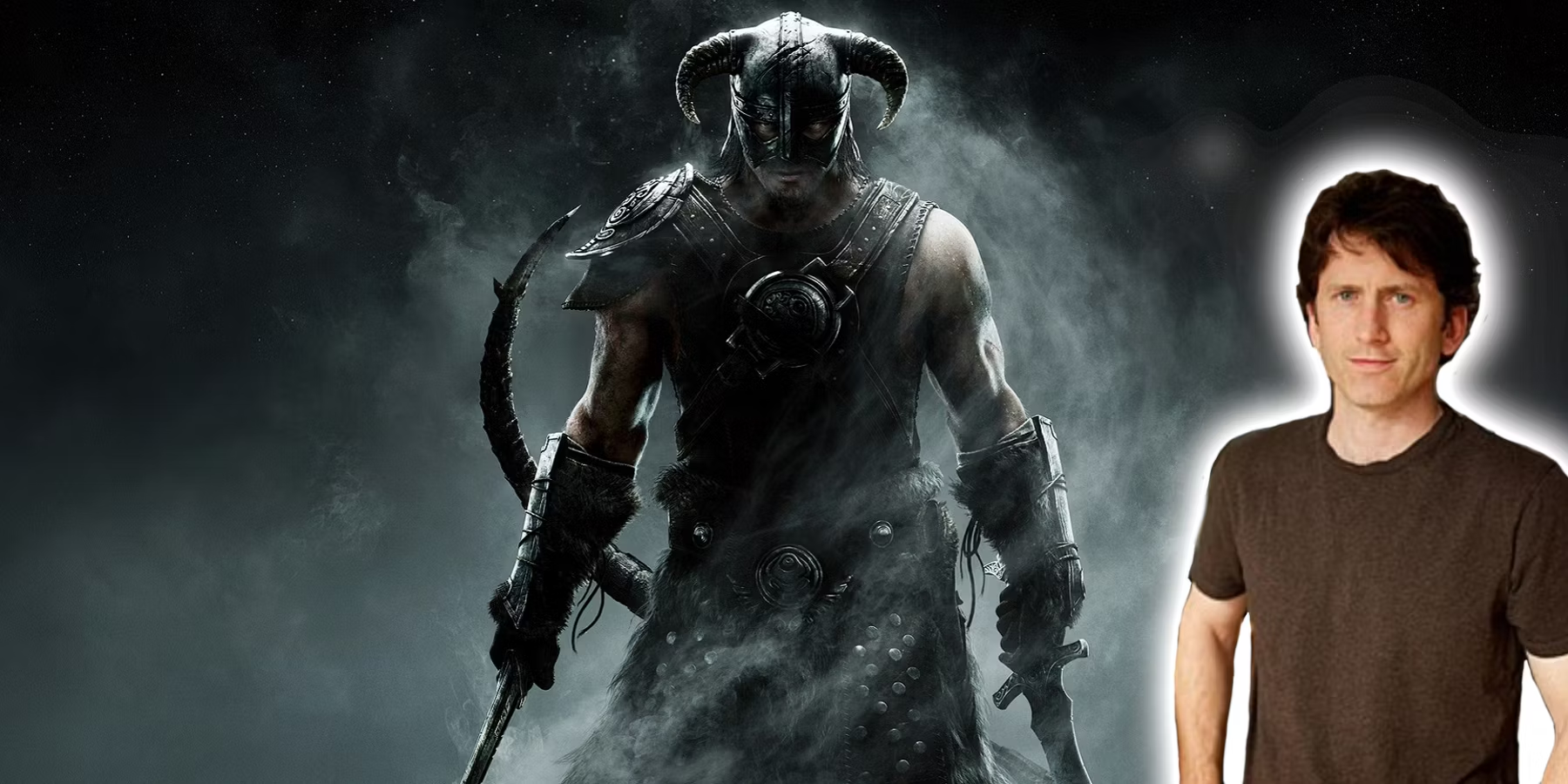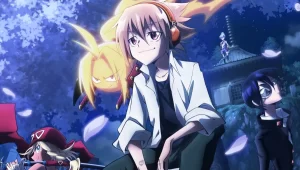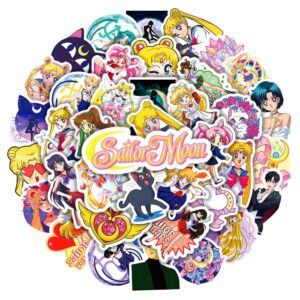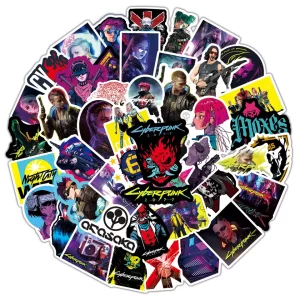What makes the great JRPGs so fun?
We’ve been spoiled a bit this year with good JRPGs. In 2020, we’ve seen remakes and remasters of some of the best games the genre has to offer; Final Fantasy VII Remake, Persona 5 Royal, and Trials of Mana have all released so far. Yet, what makes a JRPG truly great? What’s the most important factor in entertaining players? Is turn-based or real-time combat better? With so many questions, I decided to take a deep dive into what makes the very best JRPGs tick.
A little clarification
But, before I begin, it’s important to define what a JRPG is. The abbreviation, for those that may not know, stands for Japanese Role-Playing Game. But, there’s some conflict about what this actually means. Some think it’s as simple as whether the game was developed in Japan. However, others, like myself, argue that its a style of game: a JRPG should have some key elements. This definition is probably better suited to looking at what’s good in a JRPG, as we can focus on games with similar parts and styles.
Tale for the ages
The other key to a great JRPG is combat. Since you spend a huge amount of time in any of these games fighting a variety of enemies, the combat system has to be enjoyable and rewarding. This means any great JRPG should present challenges to the player: bosses can’t be a walk in the park. But, this doesn’t mean it should be a constant Dark Souls style struggle. The best JRPGs often give players the chance to improve against lower-level opponents, allowing them to grind their way to better statistics. The problem this presents is pretty obvious: what if grinding is boring? Yes, there’ll always be a certain level of monotony in fighting the same opponents again and again. But without deep and interesting combat systems, grinding can be a really boring process.
Most fans of the genre prefer turn-based combat; they enjoy strategizing, planning their attacks, and using all of their party members in turn. A good turn-based system is a feature of nearly every great JRPG. And, when integrated with a real-time element, this can create an experience both exciting and deep. Games like The Grandia HD Collection (a throwback, I know) blend real-time and turn-based seamlessly, and benefit from it. Without a real-time element, some turn-based JRPGs can feel slow and stale. Any game in the genre that mixes excitement with complex moves and strategy is well on its way to being one of the greats.
Upgrades, people, upgrades
This one ties in closely to the combat point. Upgrades and leveling are key in any RPG, but with JRPGs, it becomes even more important. That’s because you have to upgrade not one, but many characters throughout the game. The typical party structure of a JRPG, with a wide roster of characters to fight with, means that upgrading is pretty key to being able to use all your party members.
With upgrade systems, flexibility is key. One of the best examples of the difference it can make is the differences between Final Fantasy X and Final Fantasy XIII. Now, there are lots of ways in which the former game is better than the latter. However, quite a big one is the skill and stat upgrades. Where FFX features the “skill sphere” (shown above), FFXIII has very linear upgrades. The skill sphere gives players the flexibility to make each party member play the way they (the player) prefer. On the other hand, the skill trees of FFXIII are much more simple. This system doesn’t give players any freedom, and that’s a bad thing. Upgrades in JRPGs should give players the freedom to change things up, giving party members different roles as they wish. Forcing players to use each character in a particular way makes the game more dull.
Another good way to make upgrading interesting is by challenging players if they want to reach the uppermost levels of power. Again, I’ll use the example of Final Fantasy X. You can complete the game without taking on the optional bosses. But, for players to unlock the best weapons and upgrades, they have to take on the “Dark Aeons”, a series of optional bosses. By hiding the best upgrades behind challenges, JRPGs can add an extra layer of entertainment to the game, as players have to struggle to truly maximize their power.
Look good, feel good
Finally, maybe the most obvious thing is for the game to look good. JRPGs with a distinctive and attractive style can get away with some flaws here and there. We remember the games that had some flair with how they looked, like Persona 5. Also, great visuals can enhance every other element of the game; they can make combat look more exciting, make the world and characters more interesting, and even make menus feel like less of a chore to get through. Characters like Velvet from Tales of Berseria or Cloud from Final Fantasy VII stick in the memory in part because of their design. And the worlds of JRPGs are at their best when they provide beautiful and interesting locations. While looks can’t make a game fun to play, its never bad to be great to look at.





